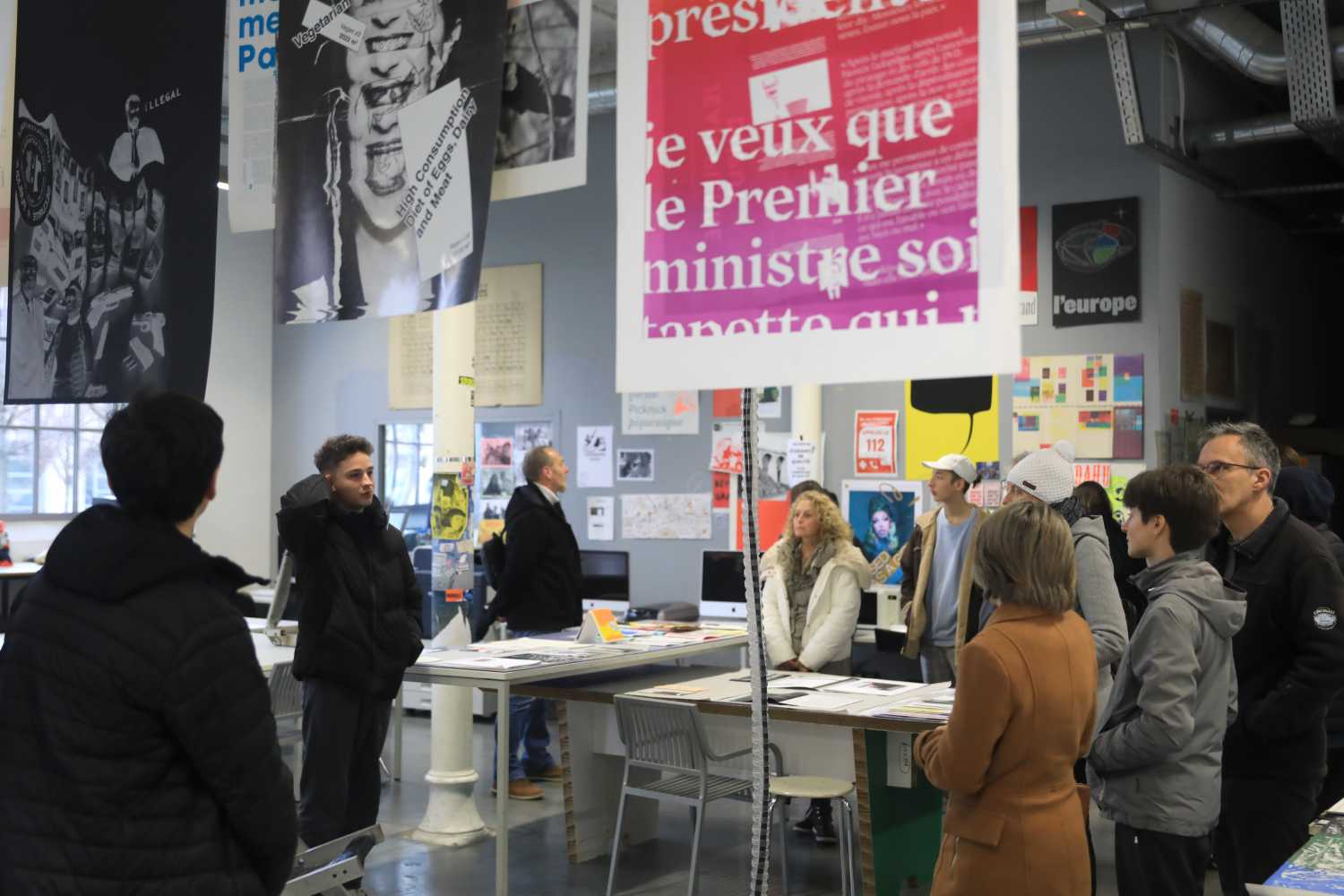
Meeting of the Unesco Creative Cities sub-network
Coming from 17 cities around the world, 27 delegates traveled to Geelong from March 27-31, 2023 to learn from each other, share, create, network and more. The many meetings, workshops and tours highlighted the reasons why the city has been recognized by UNESCO, and its representatives managed to impress all the delegates with the strength of design that is present in this city.
This international gathering focused on the creative industries, urban design, business innovation and sustainability aspects of design, and was an opportunity to learn more about how design is integrated and evolving in the city of Geelong.
During the five-day program, delegates shared their knowledge and participated in a series of lectures, presentations and cultural tours highlighting Geelong. Isabelle Vérilhac, International and Innovation Director, and Sonia Hedhibi, International Relations Officer, were able to speak on the key issues facing the Cité du design and the City of Saint-Etienne, including the Cité du design 2025 project and the continuity of the mobility of the future project with UNESCO's creative design cities.
The sub-network meeting is an exciting opportunity for the communities of the 43 cities of design to participate and learn about the range of projects underway in the network. The meeting was also an opportunity for Stijn Debaillie, representing the city of Kortrijk, to hand over his position as coordinator of the UNESCO Creative Cities Network for Design since 2020, and deputy coordinator since 2018 to new coordinator Cindy Lee from the city of Wuhan. Annie Marrs of the City of Dundee will assume the role of deputy coordinator.
From Indigenous Land to Thriving Industry: The Story of Geelong
Located in the state of Victoria, about 75 kilometers southwest of Melbourne, Geelong was originally inhabited by the Wadawurrung tribe. From 1830 onwards, the first European settlements were established and the city developed into an important industrial center with wool and flour mills and other manufacturing facilities. This thriving industry made Port Philip an important port where traders crossed paths. New industries, such as petrochemicals and automobile manufacturing, also emerged later.
Today, the city is known for its diverse manufacturing industry, strong health care system and quality educational institutions. The area has a very low unemployment rate and a population of approximately 270,000. These residents, also known as "Geelongites", are characterized by their efficiency and plan of action, always choosing the shortest route to reach their goal without deviating from their mission.
In addition to a highly developed industry, tourists can enjoy its beautiful beaches, parks and gardens, as well as cultural attractions such as the Geelong Art Gallery and the National Wool Museum.












Détournement et économie des ressources : la création numérique comme manière de jouer avec les contraintes

Votre navigateur est obsolète, l’affichage des contenus n’est pas garanti.
Veuillez effectuer une mise à jour.